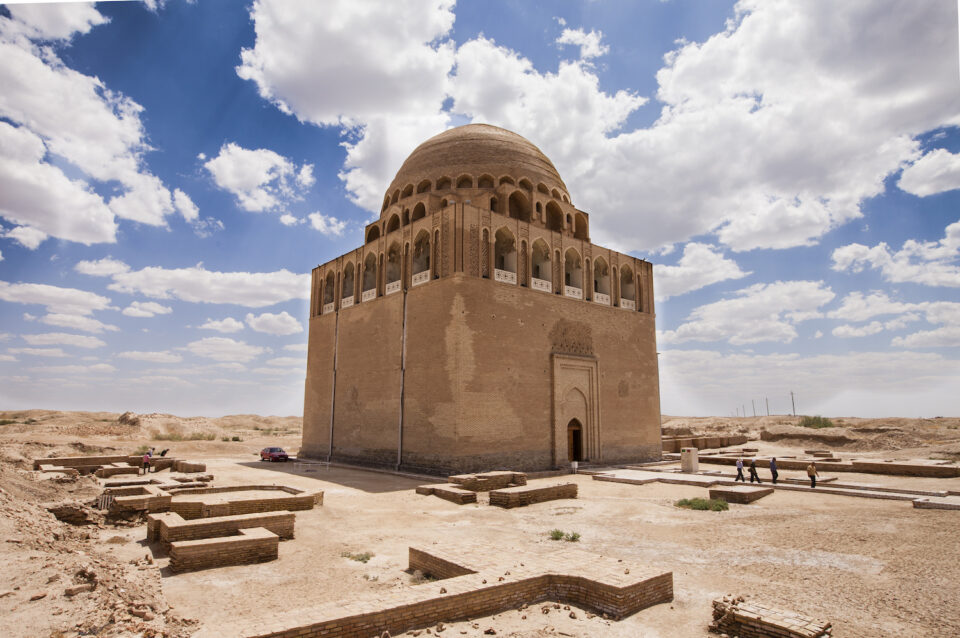Embark on a captivating journey through time as we unravel the secrets and stories embedded in the historical sites along the legendary Silk Road. This ancient network of trade routes not only connected the East and West but also served as a melting pot of cultures, leaving behind a trail of remarkable landmarks that stand as witnesses to centuries of commerce, cultural exchange, and human resilience.
The Great Wall of China
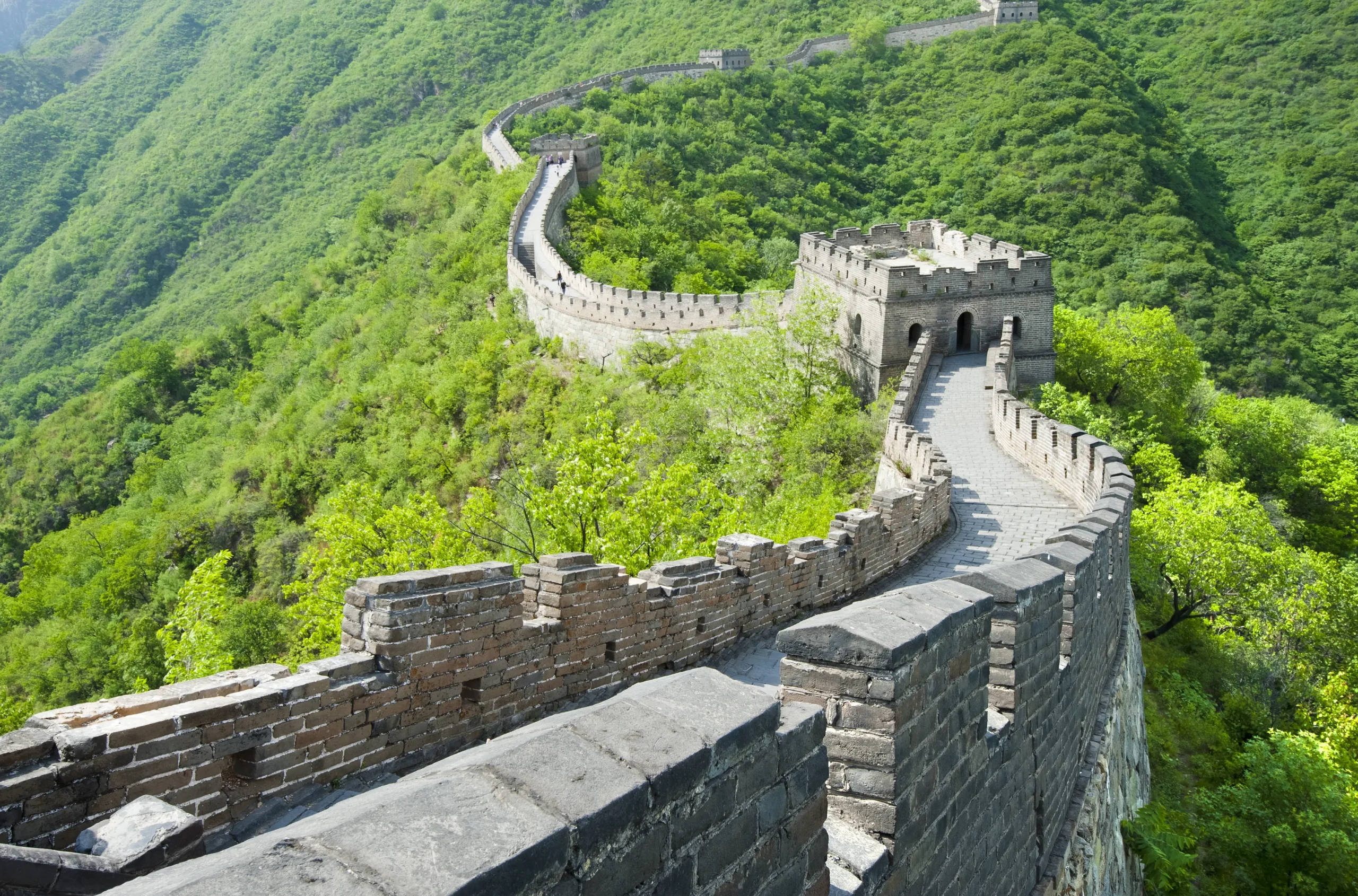
Our journey begins with one of the most iconic and awe-inspiring structures in human history – the Great Wall of China. Stretching over 13,000 miles, this colossal fortification was not only built to protect against invasions but also served as a control point along the Silk Road. As we stand atop this marvel, we can almost hear the echoes of merchants bargaining and camels trudging along the ancient trade routes that passed through its gates.
Dunhuang Mogao Caves
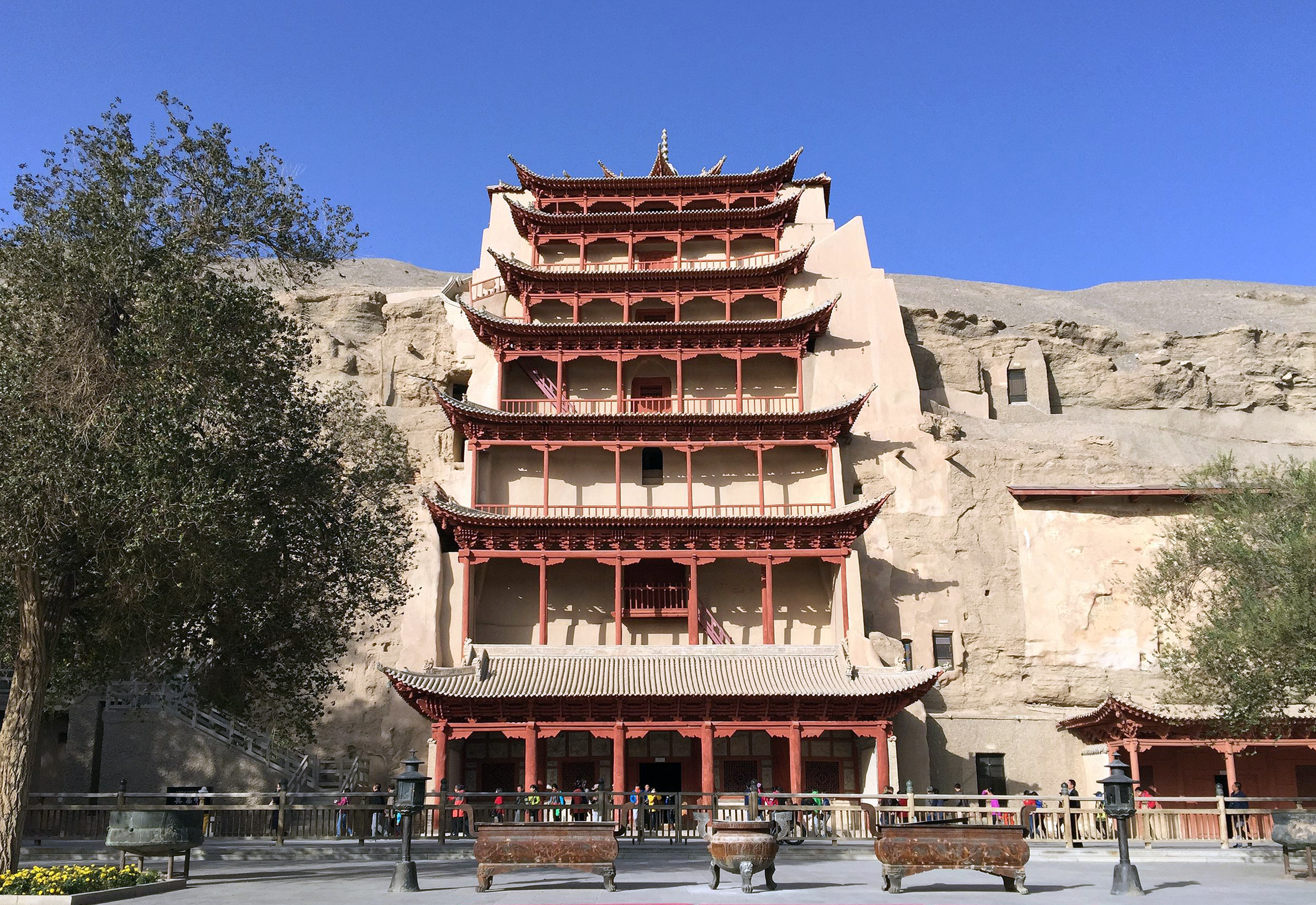
Moving westward, we arrive at the Dunhuang Mogao Caves, an oasis on the fringes of the Gobi Desert. Carved into the cliffs over a millennium ago, these caves house a mesmerizing collection of Buddhist art and manuscripts. The vivid murals and sculptures narrate tales of Silk Road travelers seeking solace and enlightenment, making it a spiritual pitstop for pilgrims and merchants alike.
Samarkand, Uzbekistan
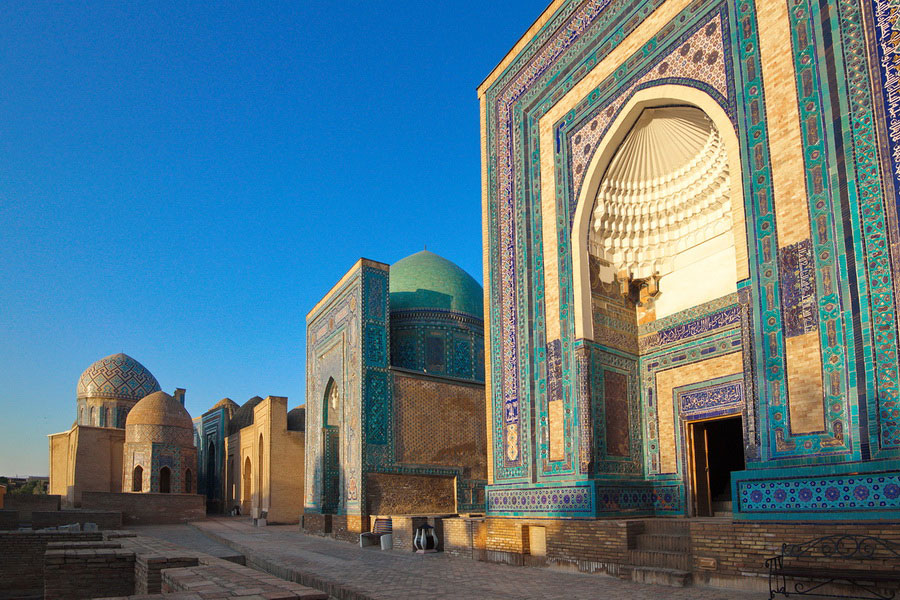
As we journey further into Central Asia, we encounter the stunning city of Samarkand in Uzbekistan. Revered as the “Crossroads of Culture,” Samarkand boasts architectural wonders like the Registan Square and the Bibi-Khanym Mosque. The intricate mosaics and majestic minarets transport us to an era when this vibrant city thrived as a pivotal hub for trade, diplomacy, and intellectual exchange.
Persepolis, Iran
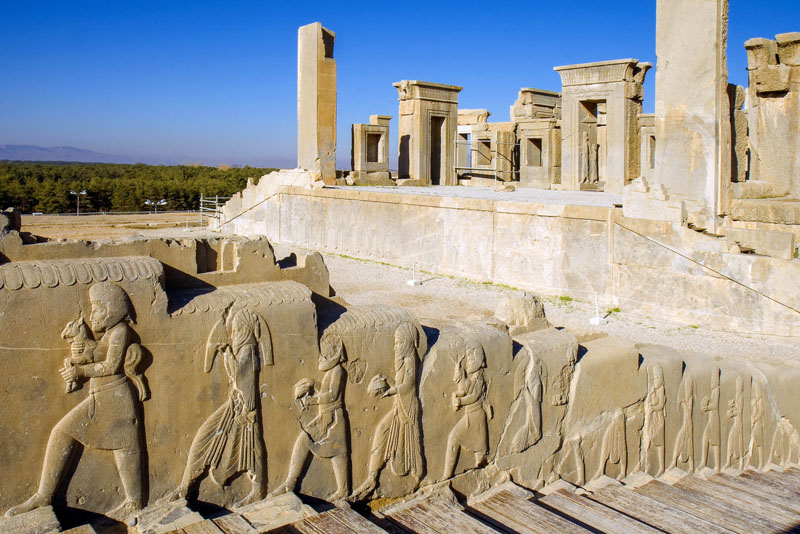
Venturing south, we reach the ancient Persian city of Persepolis. Once the grand capital of the Achaemenid Empire, the sprawling ruins of Persepolis whisper tales of opulence and power. The city’s Apadana Palace and Gate of All Nations reflect the splendor of a bygone era when the Silk Road facilitated the flow of goods, ideas, and cultures across the Persian plateau.
Petra, Jordan
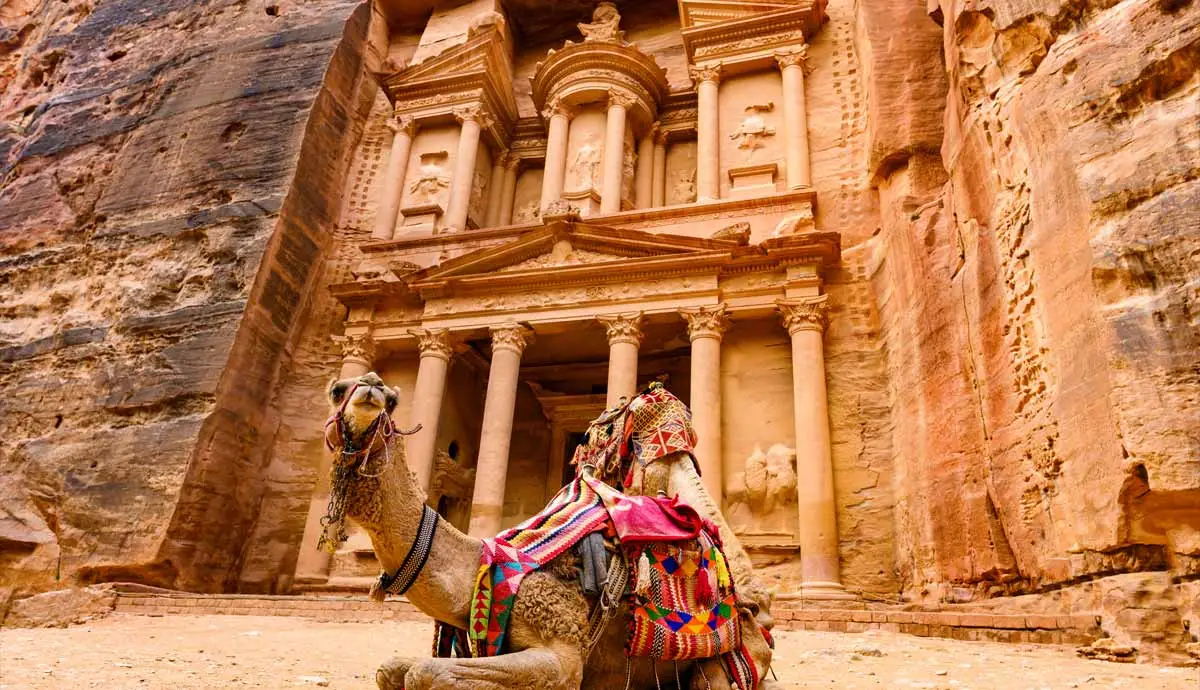
Our journey takes a detour into the mystical city of Petra, nestled amidst the rose-red cliffs of southern Jordan. Carved into the sandstone, the intricate facades of Petra’s buildings tell stories of Nabataean traders who prospered by controlling the Silk Road’s southern branch. The Treasury and the Monastery, with their intricate carvings, evoke the grandeur of a once-thriving desert metropolis.
Istanbul, Turkey
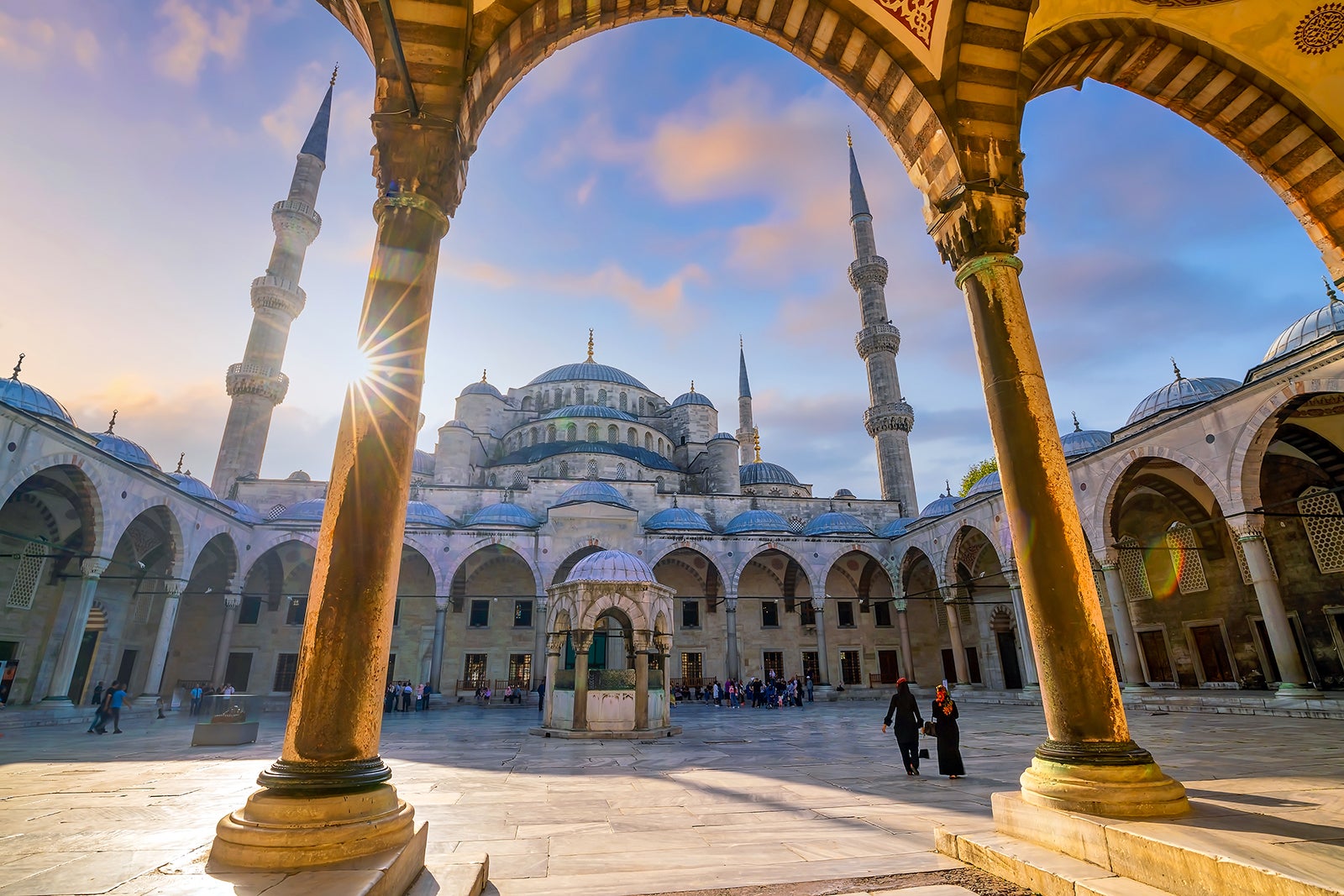
The final stretch of our Silk Road exploration leads us to the captivating city of Istanbul. Formerly known as Byzantium and later Constantinople, this city served as the gateway between Europe and Asia. The Hagia Sophia and the Blue Mosque stand as testaments to the rich tapestry of cultures that converged at this crossroads. Istanbul’s Grand Bazaar, a labyrinth of stalls and shops, echoes with the hustle and bustle of ancient merchants haggling over spices, textiles, and precious gems.
Conclusion
As we conclude our journey through the historical sites along the Silk Road, we are left in awe of the cultural kaleidoscope that emerged from the convergence of civilizations. The Silk Road, once a mere network of trade routes, has bequeathed us a legacy of architectural wonders, artistic marvels, and tales of resilience and cooperation. Each site along this ancient route invites us to delve into the depths of history and appreciate the enduring impact of cross-cultural exchange on our world today. So, the next time you stand amidst the ruins of Persepolis or marvel at the grandeur of the Great Wall, remember that you are treading the same paths as the intrepid traders and travelers who shaped the course of history along the Silk Road.

